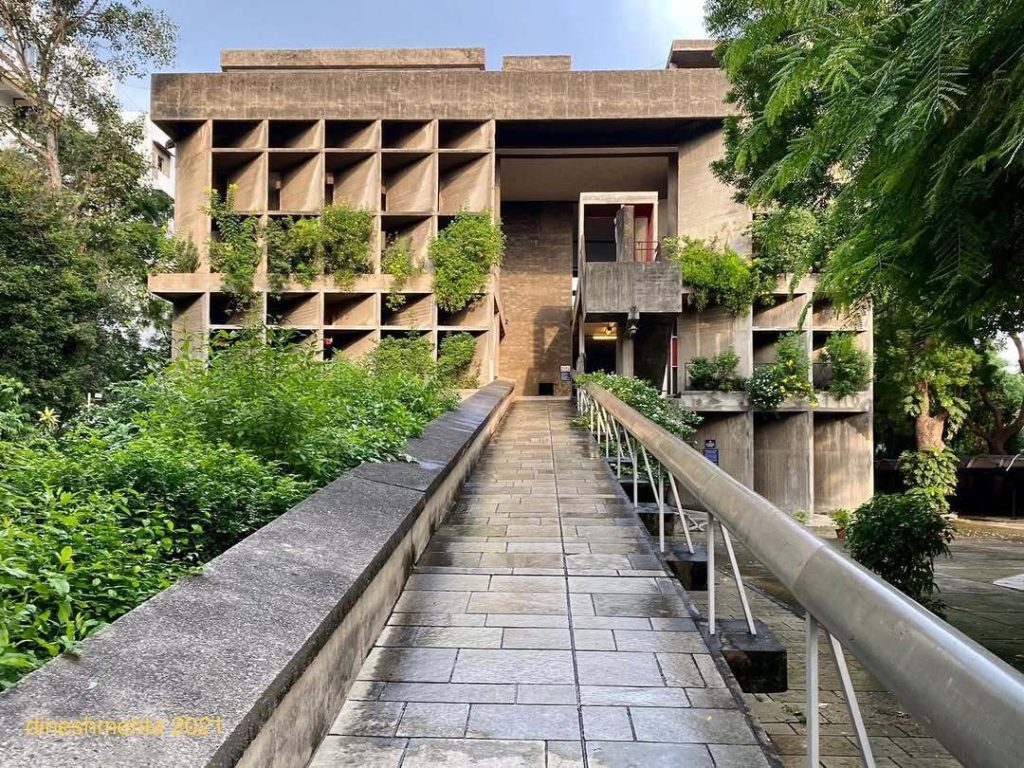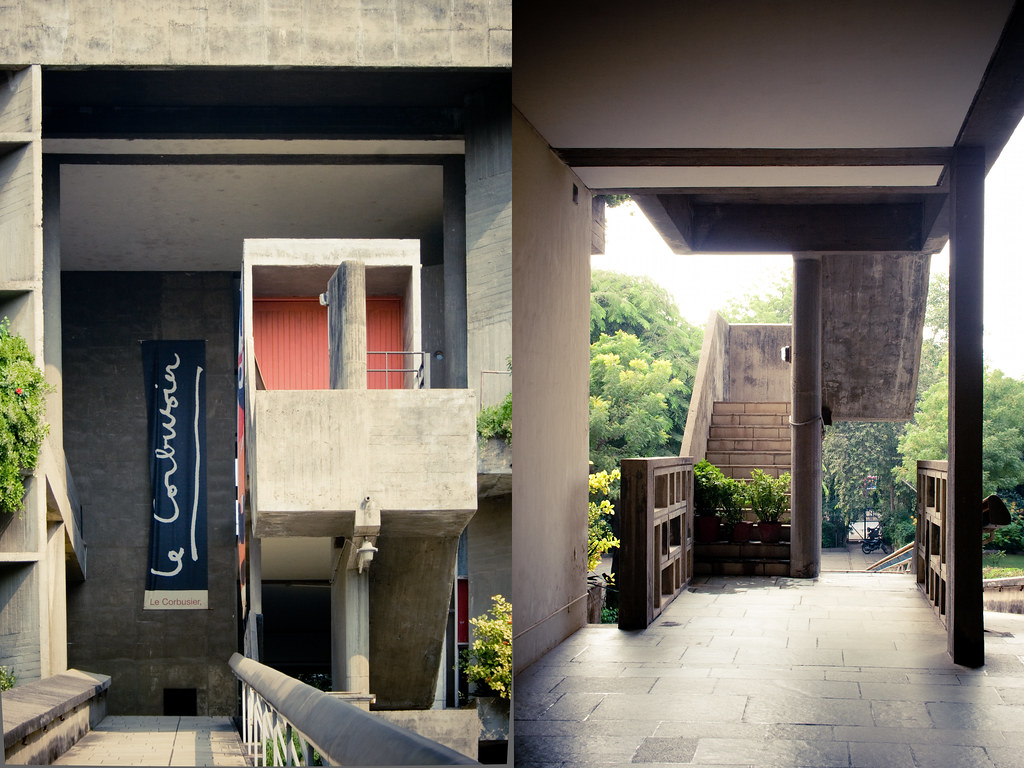Posted On December 27 2024
Total Post Views :- 1458
Ahmedabad has a rich history in textile trade from years back. Shortly after independence to escalate the textile industry, Swiss architect Le Corbusier was commissioned by the president of the Mill Owners’ Association to design the organization’s headquarters in Ahmedabad. With the vision of Modern India, Le Corbusier delivered a modern architectural masterpiece that now sits in the city’s heart.
Mill Owners’ Association Building, also known as ATMA House, was the first of four buildings Le Corbusier commissioned in Ahmedabad. With his sensitive and creative approach to the city’s context and climate, he developed a new set of architectural elements to address the requirements. Let’s delve into this legacy building in detail through the blog.

Historical Background
Le Corbusier was a legendary Swiss architect and city planner, whose designs revolved around functionality and bold expressions. He was one of the pioneers of modern architectural style. The first president invited him to India to design the city planning of Chandigarh, and the mayor of Ahmedabad commissioned him to design four buildings. Reflecting the futuristic vision for the city, Corbusier was set to fulfill it.
In 1951, when the Mill Owners’ Association proposed setting up its headquarters in Ahmedabad, Le Corbusier aimed to build a masterpiece that resonated with the city’s climate and surrounding context.
While designing the building, Corbusier considered the user group’s cohesive, collaborative nature. Therefore, the building was required to cater to private and public activities. Following this ideology while constructing in a warm climate, Corbusier introduced certain design elements in the building.
Architectural Elements:
The ATMA House is located between Ashram Road on the west and Sabarmati River on the east side. With ample open space around it, the Mill Owners’ Association Building embraced a distinctly modern aesthetic, free from urban constraints.

1. Brises-Soleil
Corbusier introduced Brises-Soleil, also known as perforated screens or louvers, while designing Mill Owners’ Association Building. He incorporated these louvers on the west facade of the building to prevent harsh sunlight from entering. This innovation was inspired by Indian vernacular architecture.
2. Facade Orientation
Corbusier designed the louvers in the west to be diagonally oriented and combined with thick concrete walls. This is to obstruct street views while letting indirect light and air enter the building. Here, the facade incorporates planters, allowing the splash of green to enter through the louvers. While on the eastern side of the building, the louvers are perpendicular letting in the cool river breeze in and unhindered views of the river.
3. Grid vs Curves
Contradictory to its stark exterior facade and rigid grids in the form, the interior is more inclined towards curvilinear shapes. As, it features slender circular pilotis, convex, and concave volumes. Therefore, as one moves inside the building, one experiences the intersection of curvilinear and orthogonal planes. A conference room enclosed by curved walls and ceiling that holds a reflecting pool above, which Le Corbusier had hoped to utilize as a roof reservoir.
4. Building Circulation
The entrance is led by a ramp extending from the parking to the building opening the indoor views as one approaches. The projected staircase between the main facade and the central atrium conducts the primary circulation. By taking the circulation core in the outer facade, the indoor space is open floorplates.
5. Material Layering
Le Corbusier blended reinforced concrete and brick in the construction of the Mill Owners’ Association Building, integrating modern engineering methods with elements of traditional construction. Therefore, this thoughtful selection of materials not only emphasized structural innovation but also paid homage to regional building practices, reflecting the architect’s holistic and context-sensitive approach to design.

Conclusion:
Mill Owners’ Association Building—now an iconic landmark—was inscribed as a UNESCO World Heritage site in 2016. Thus, ATMA House is a symbol of the post-independence modernist movement of Indian architecture. The building stands testament to Corbusier’s design philosophy and timeless elegance now, which one can consider a Building Legacy—a legacy that keeps on inspiring generations to come.
Content Writing And Research By: Ar. Rajvi Dedakiya

